Less snow in our mountain regions? Here’s what that means for our water.
As snowfall decreases in mountain ranges around the world due to climate change, here’s how water management solutions could help maintain global water supplies.
As temperatures heat up around the world, snow is something that many mountainous regions are starting to see less of.
Covering an average of 17-18 million square miles of the planet each year, snow makes a unique contribution to the global climate system but it is also a crucial source of water. When snowfall on higher ground dwindles or disappears, what are the implications for our water?
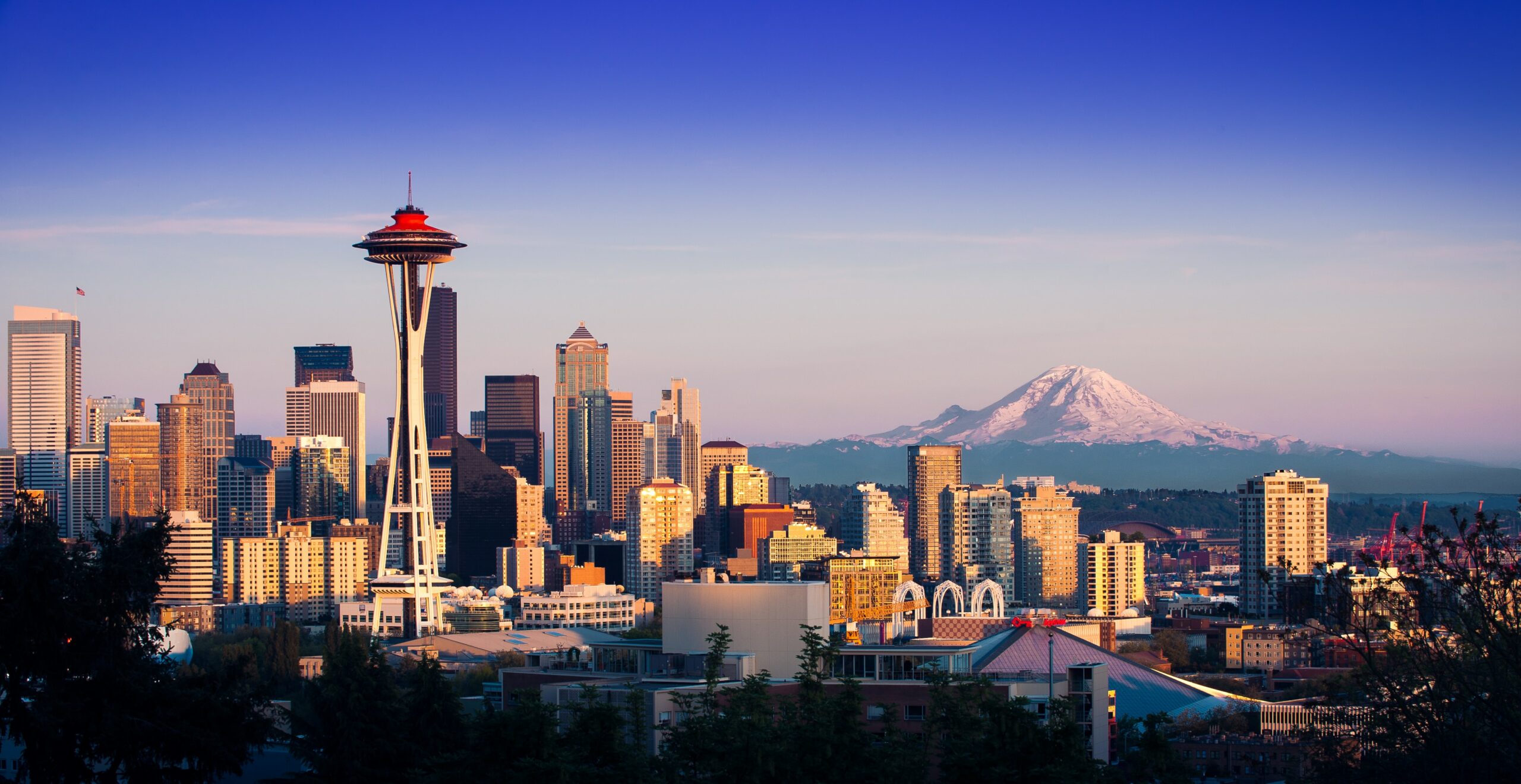
Mountain snowfall provides water for millions
In the USA, spring melt from mountain snowpacks supplies up to 75% of reservoir water in western states thanks to an extensive system of river dams, helping sustain residential populations and agriculture.
In some cities, such as Las Vegas, Phoenix and San Diego, water management systems use melted snow to provide water for populations that could not live there otherwise.
But snowfall has decreased dramatically in the western US since 1930, and studies predict that low-to-no snow winters could become a regular occurrence in 35-60 years, if greenhouse gas emissions continue at current high rates.
And in Asia, home to the 14 highest mountain peaks in the world, a joint 2021 study by scientists at the University of Utrecht and the Chinese Academy of Sciences in Beijing found that reduced snowfall due to climate change is affecting water levels in major rivers such as the Ganges, the Yellow River and the Yangtze, impacting water security for millions of people.
Even if snowpacks do not disappear altogether, reduced snowfall that melts earlier will have a significant impact on groundwater and streamflow dynamics and water management around the globe.
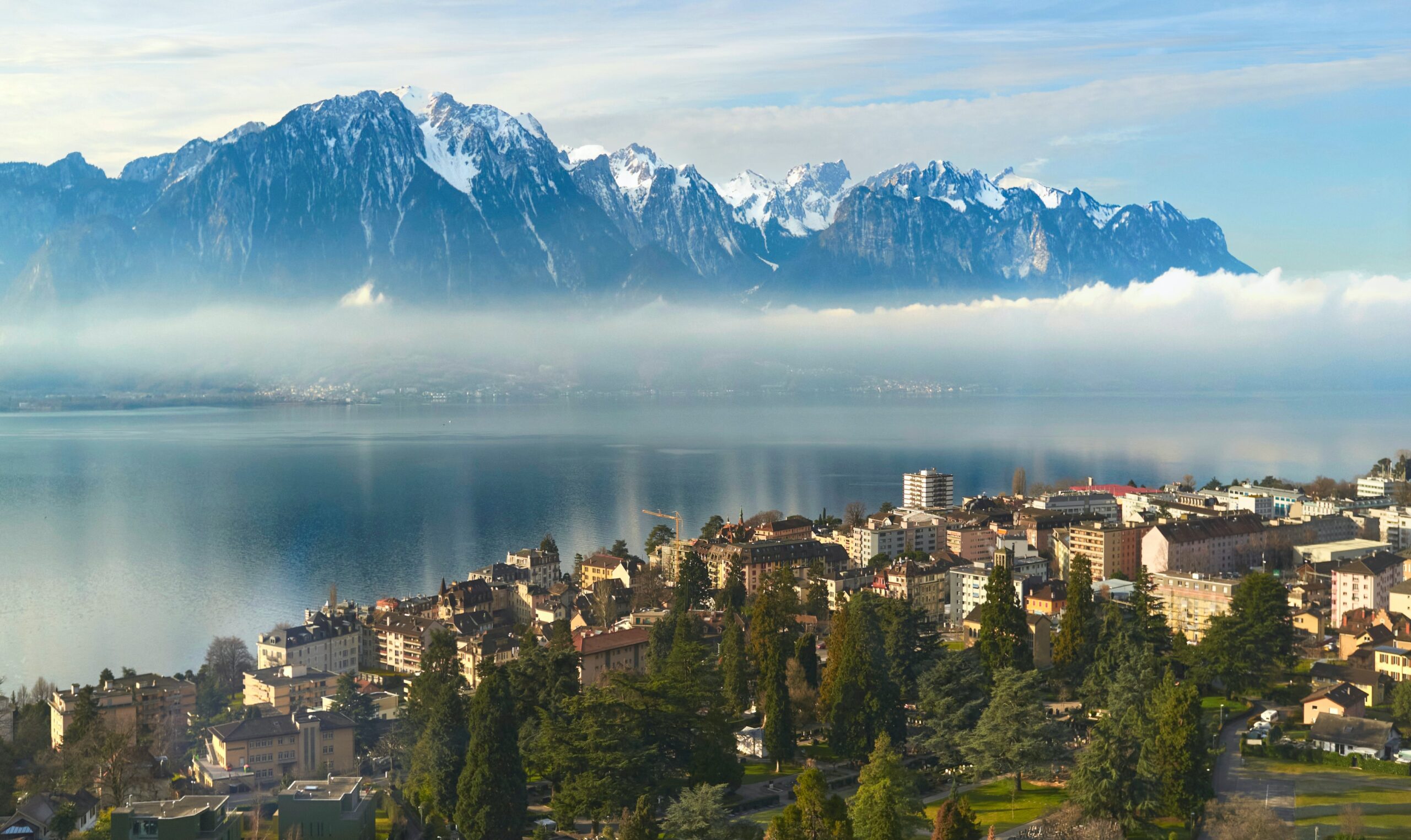
Studies into snow cover in the European Alps have revealed similar decreases in snow depth since the 1980s. In mountainous Switzerland, a third of all precipitation falls as snow. As it melts, and boosts water levels in rivers and lakes, it feeds the country’s diverse ecosystems. It is also used to generate electricity and replenish drinking and agricultural water supplies.
Yet studies have forecast that less snow and more rainfall could result in 40% less water in Swiss rivers in summer.
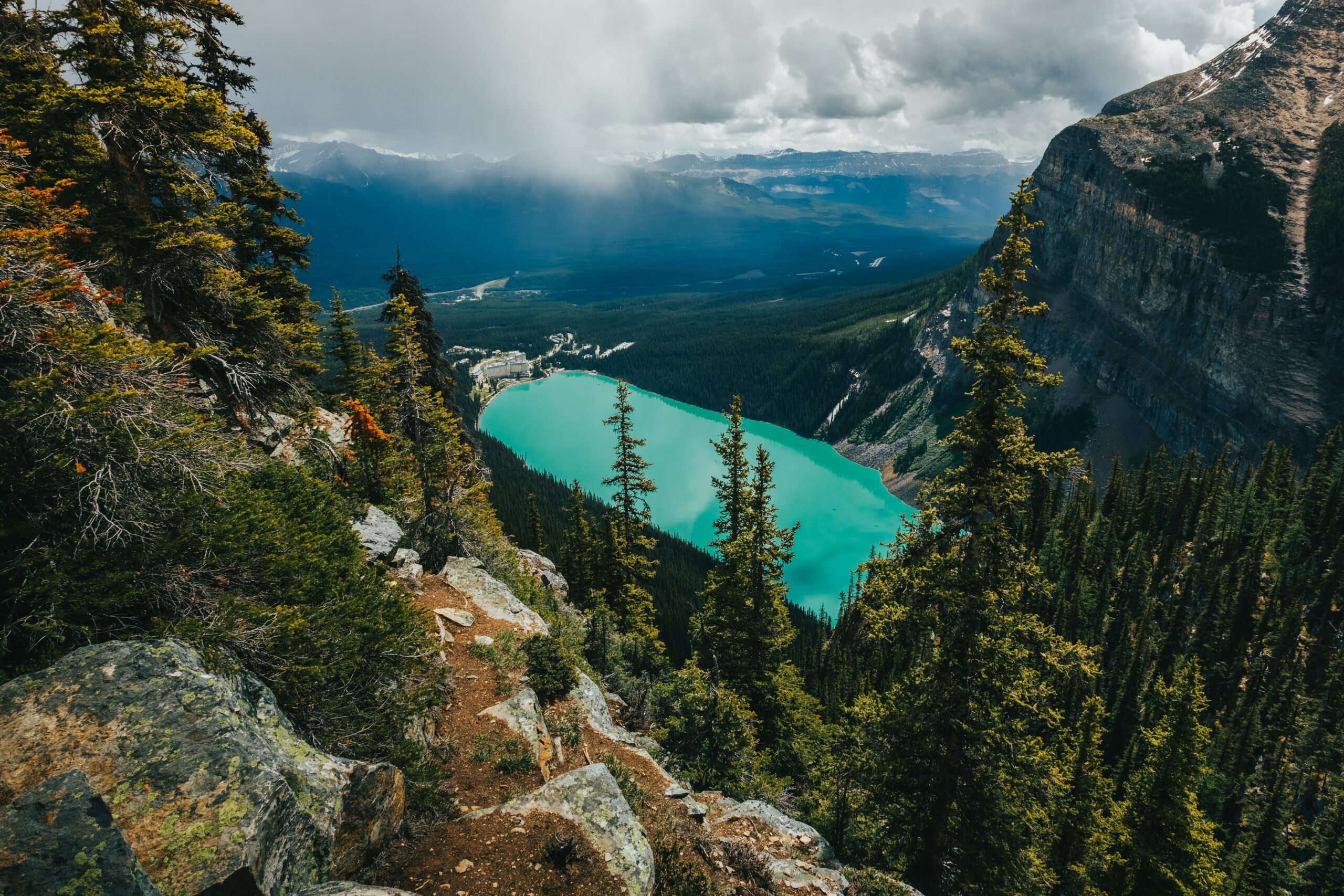
3 responses to a ‘low-snow’ scenario
While curbing global warming is the overarching solution, other researchers are experimenting with direct ways to solve the problem on the ground.
In California, one solution being trialled is a system using weather and hydrological forecasts to make decisions about when to retain and release reservoir water, which was found to increase water storage in one location by 33%.
Nearby water and hydropower providers are also prioritising forest restoration as a water management solution in California, which has been hit by repeated wildfires in recent years.
Healthy forests can play a crucial role in maximising the hydrological potential of snowfall as they help store snow in winter and slowly release moisture into streams and rivers as temperatures warm up in spring.
As more precipitation is now falling as rain instead of snow, scientists are also investigating recharging aquifers – storing excess surface water underground for future use – as a method of managing water from rain.
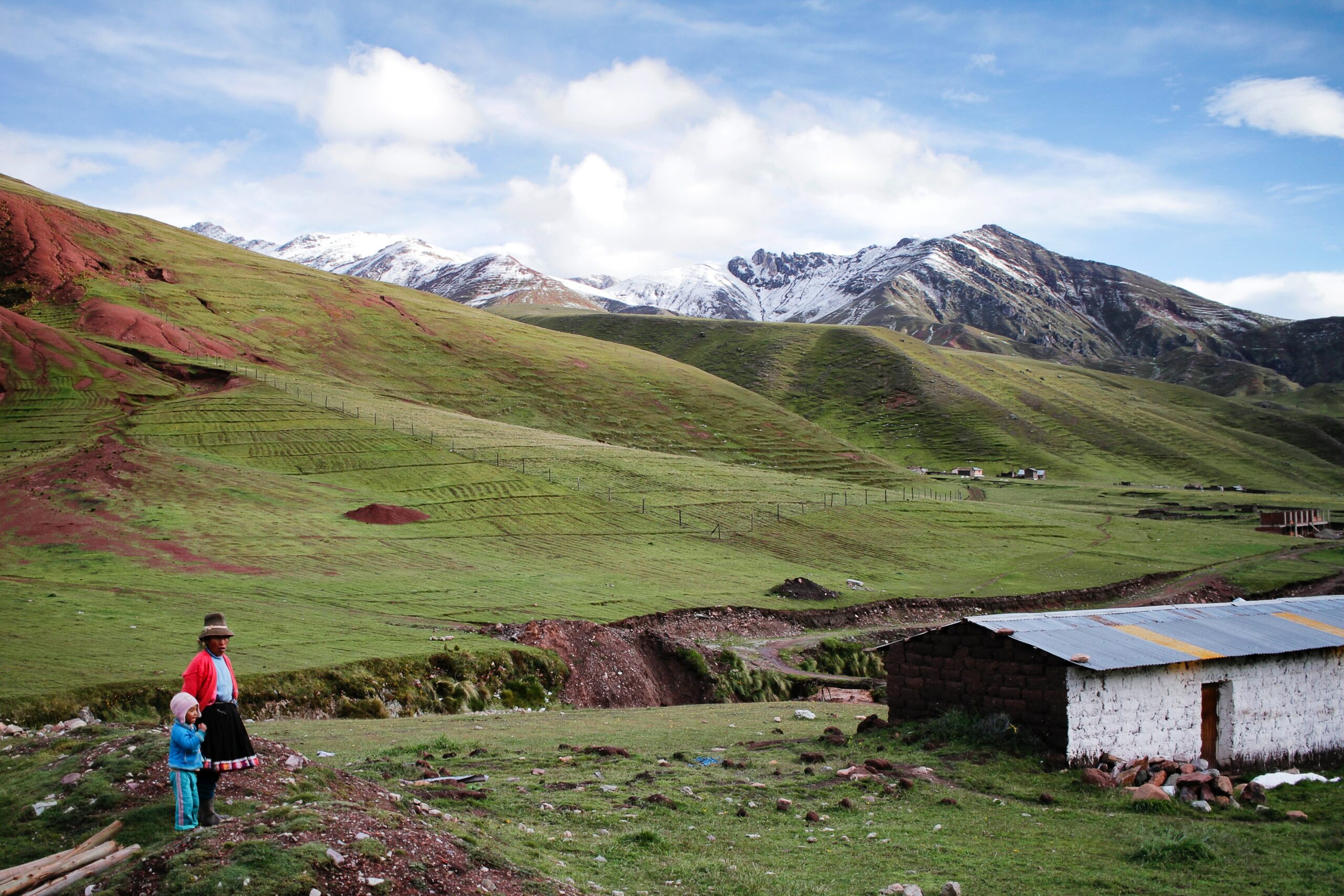
Changing precipitation calls for improved collaboration
One of the main conclusions researchers have reached is that more organisations need to work together to have an impact.
Often city managers, farmers and scientists in different disciplines share the same ultimate goal – a sustainable supply of high-quality water – but they act separately, reducing the overall chances of success.
In South America researchers have highlighted the same problem following historically low snowfall in the Andes from July 2020- July 2021, which left much of the mountain range which runs from Ecuador to Argentina with no snow cover at all.
Research has proven that climate change has been responsible for reduced snowfall in the region since 2000. At the same time as potential water resources are shrinking, nearby populations are growing, increasing demand for water.
A 2013 study suggested that solutions lay in scientists, funding organisations and governments working together to improve knowledge of the issues and use research to inform water adaptation programs on the ground as a way forward.
It also advised improved data sharing between organisations working towards common goals in the Andes and beyond, specifically through scientific fellowships and training programs for South American researchers in the United States and Europe.
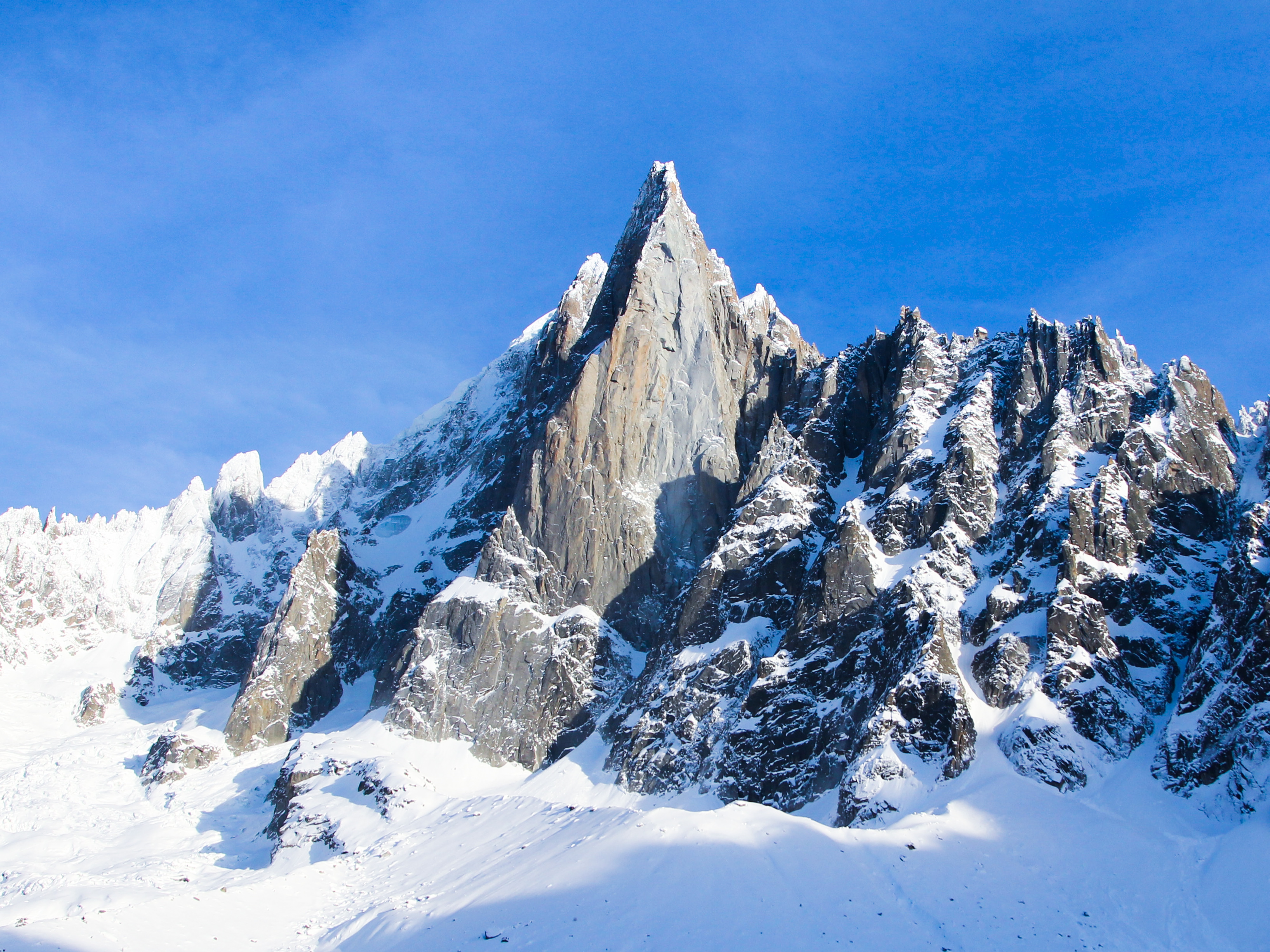
Using a shared and sustained approach, simple solutions such as installing private water storage systems or educating school children about water resources could have a long-term impact.
Around the world, water management systems may need to adapt to face this new challenge, but sharing information and resources could be the first step towards making sure there is enough water to go around in the future.